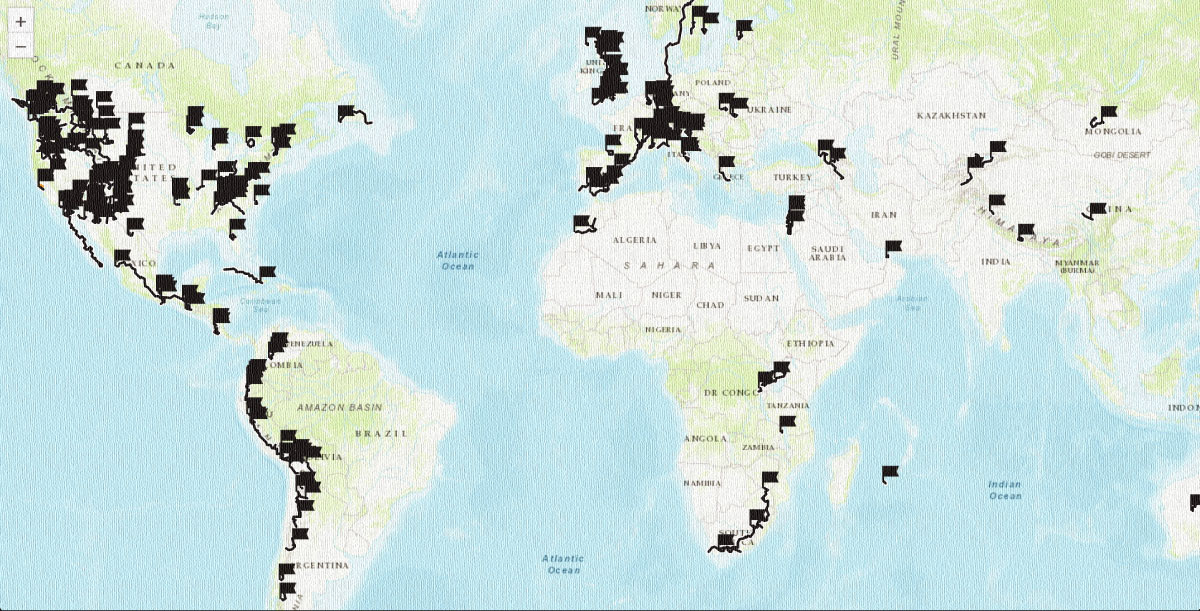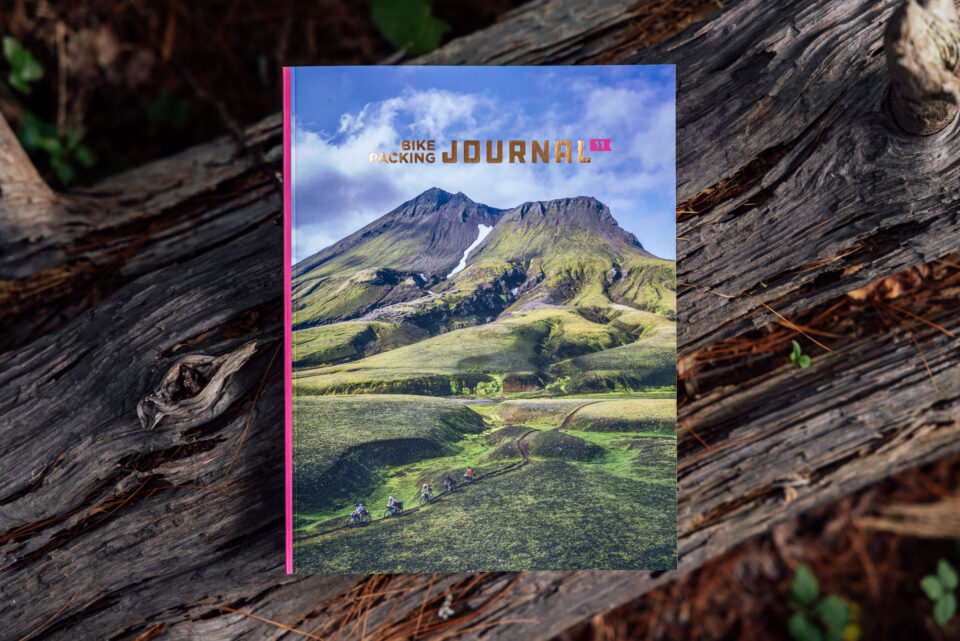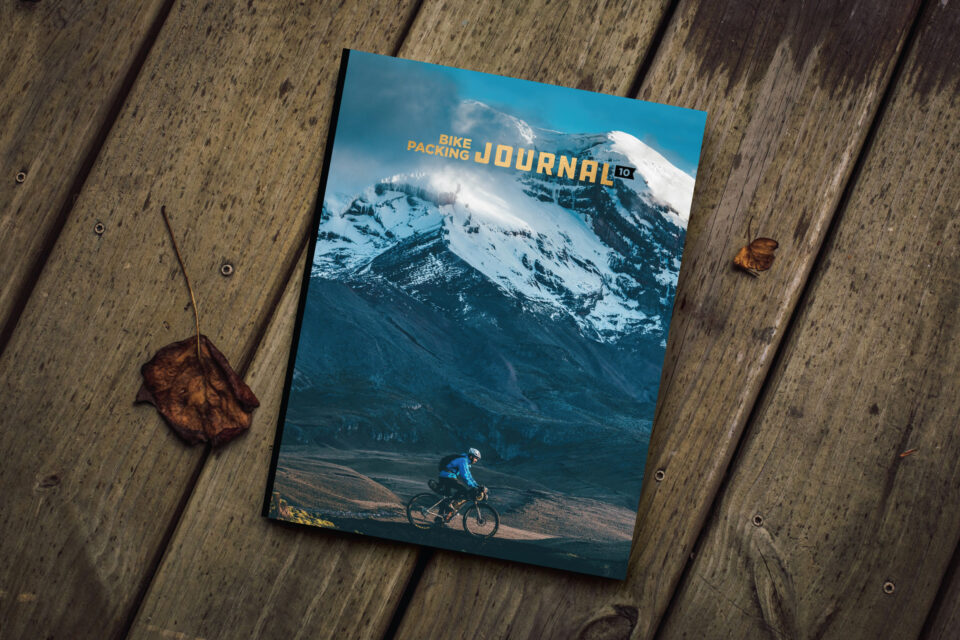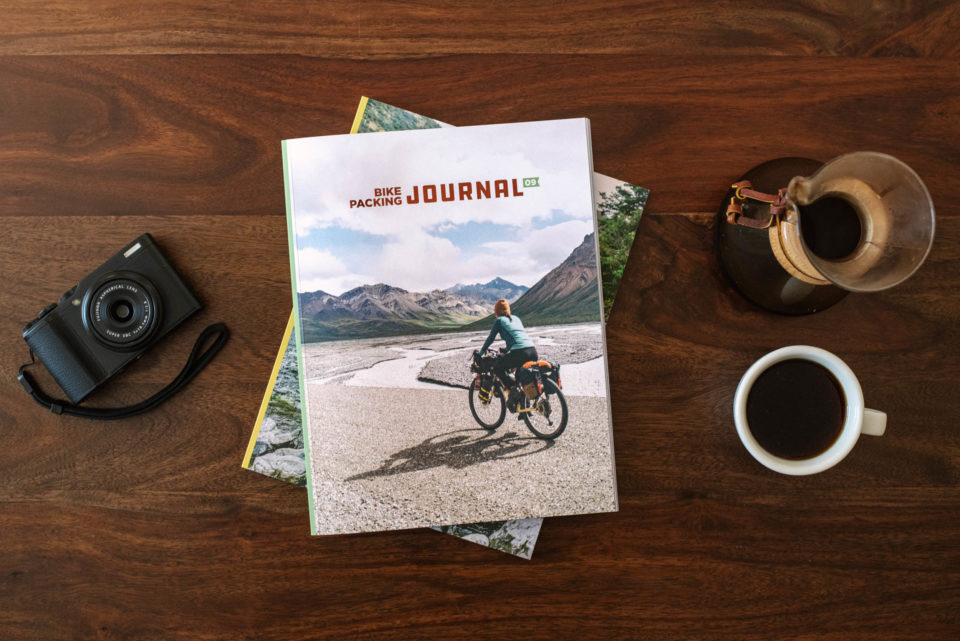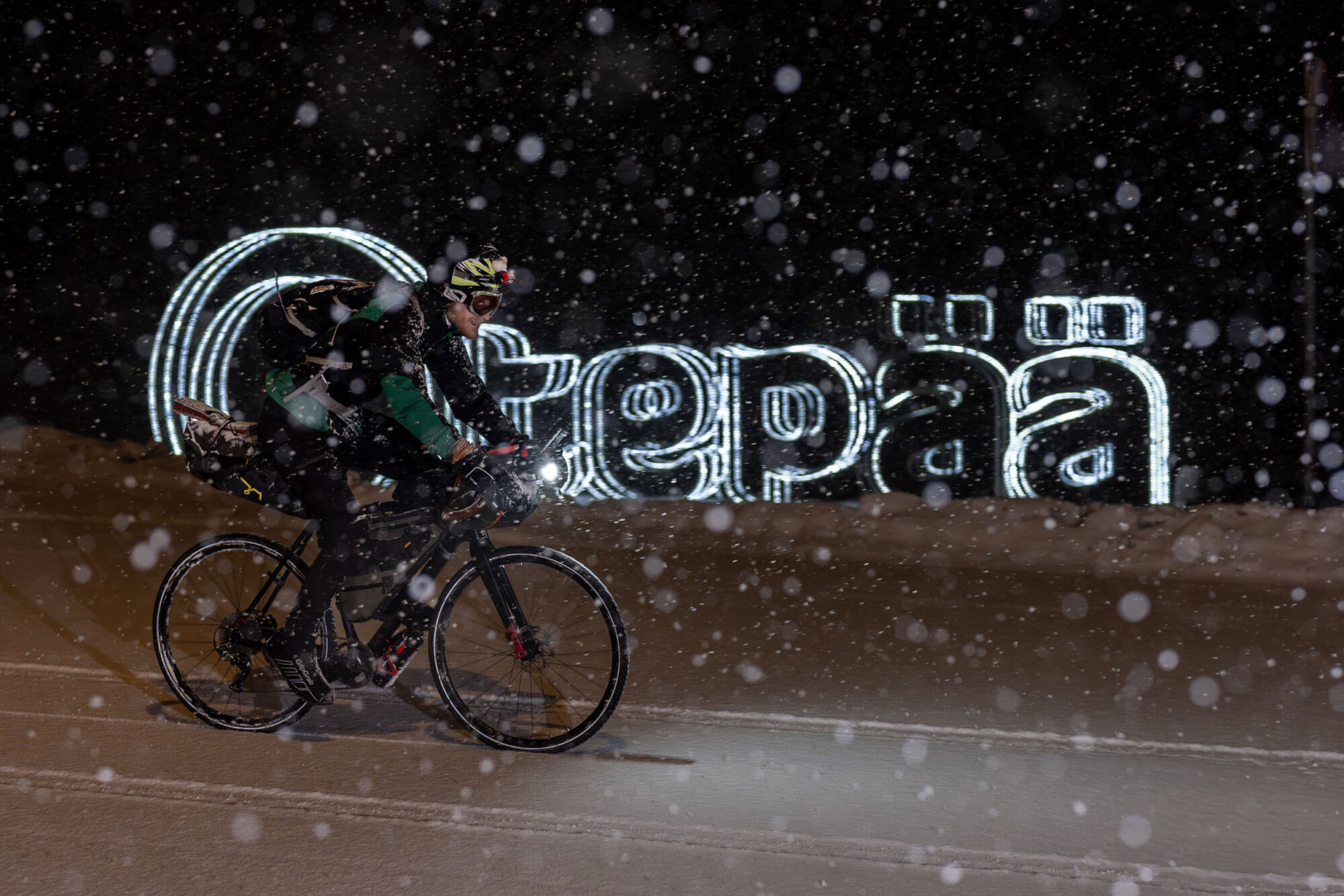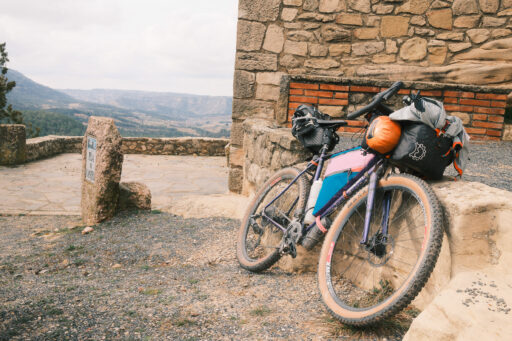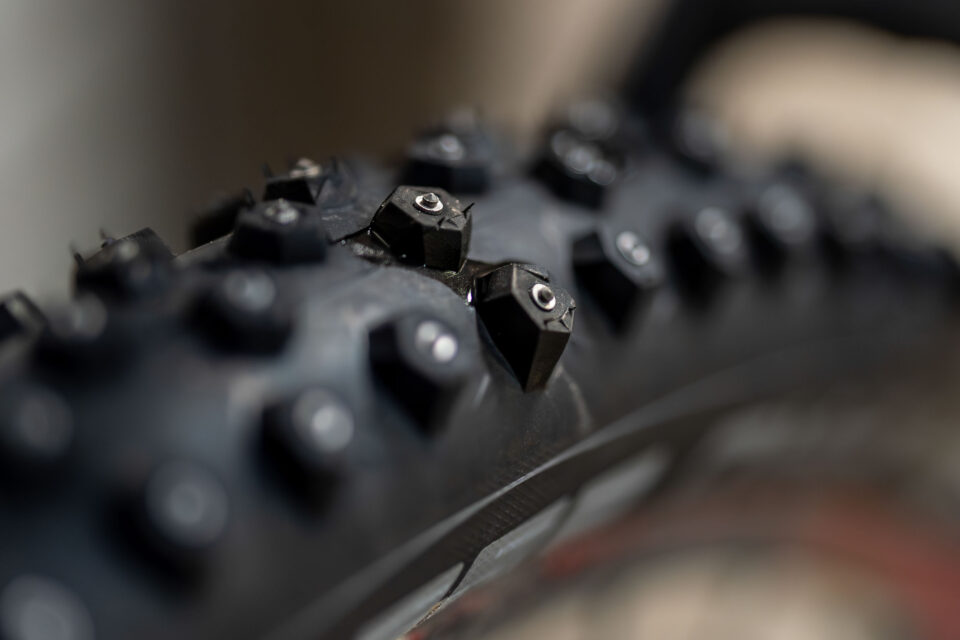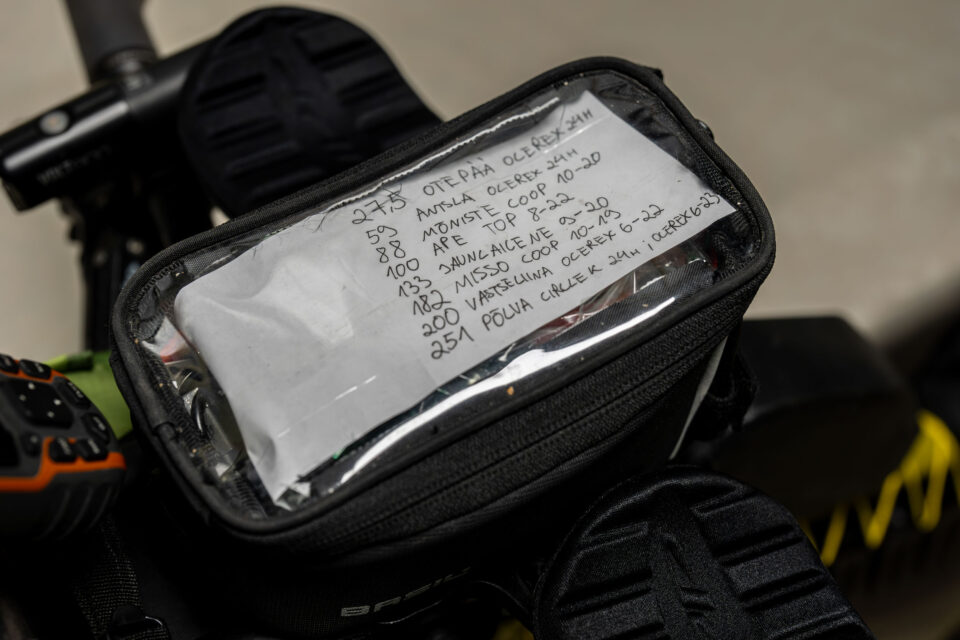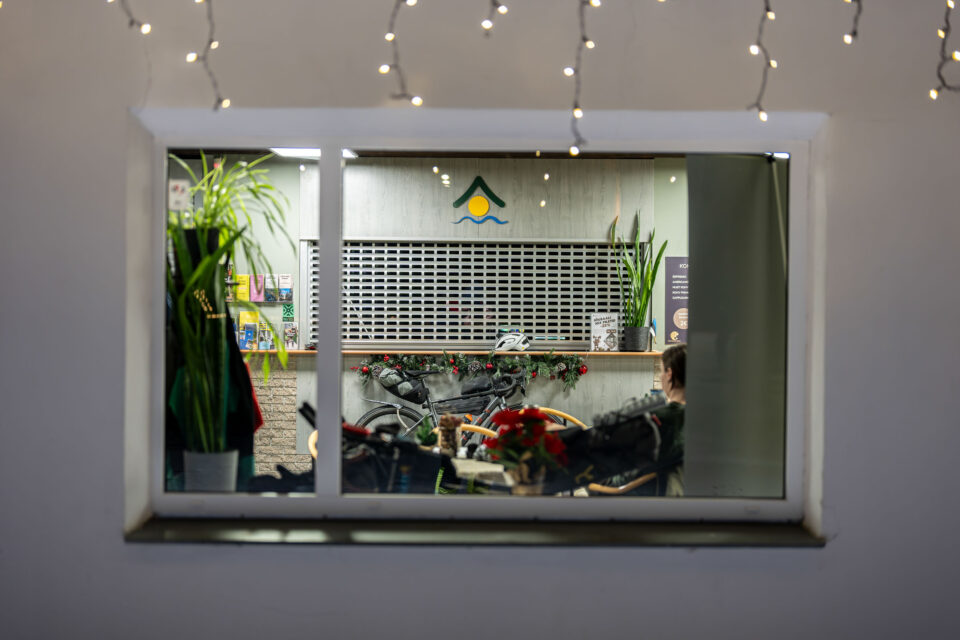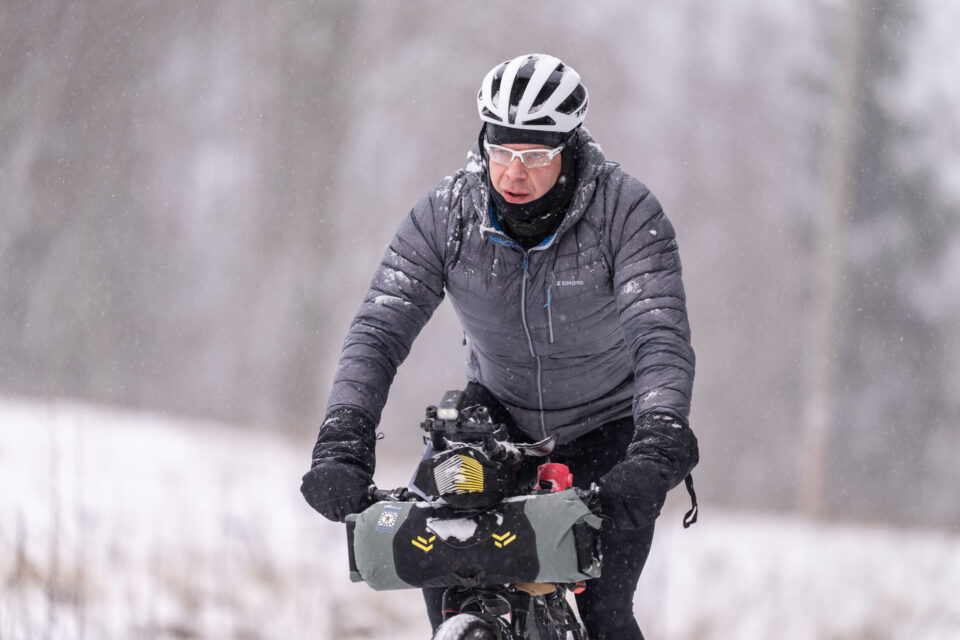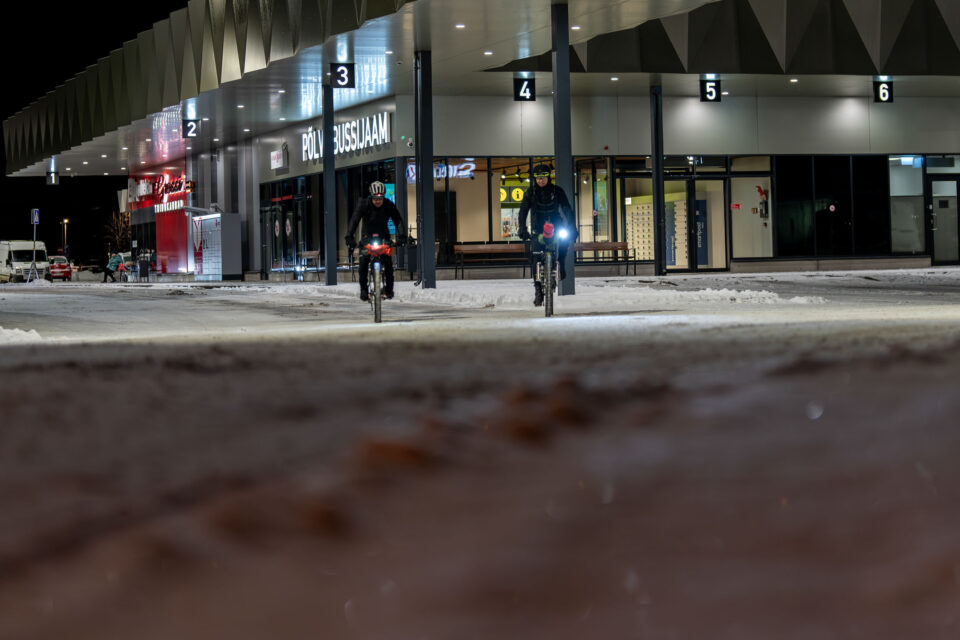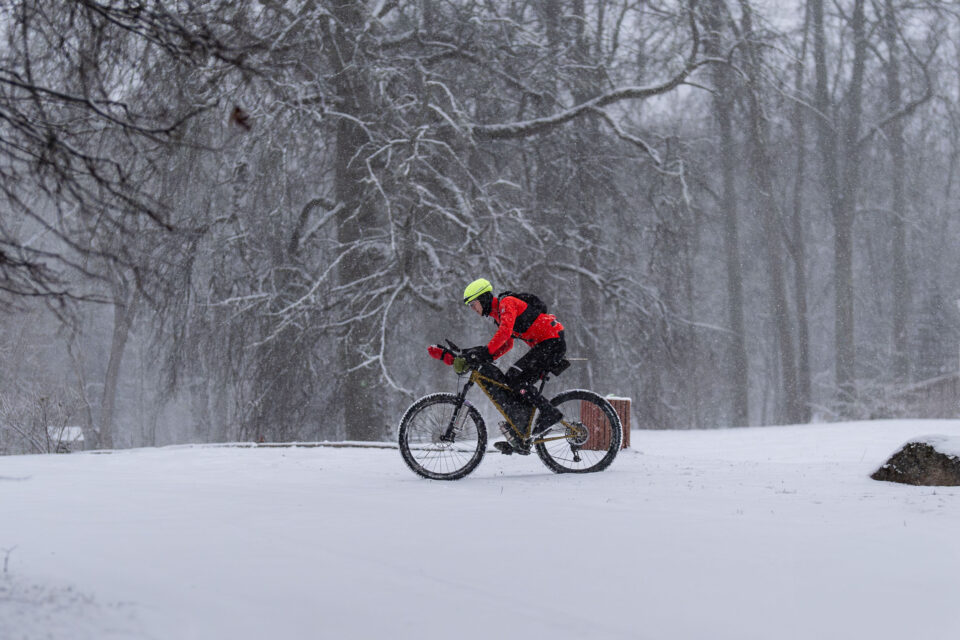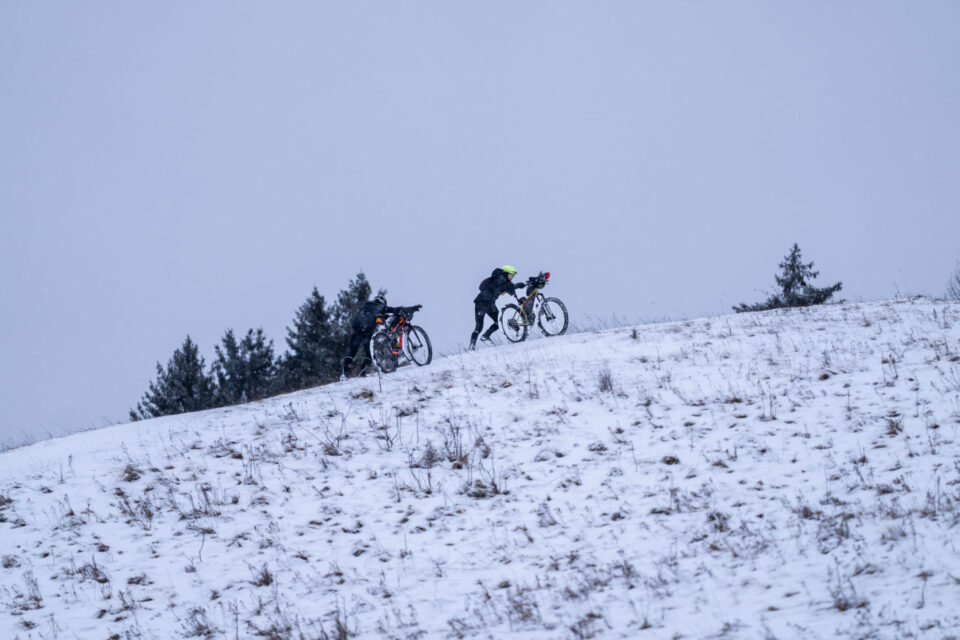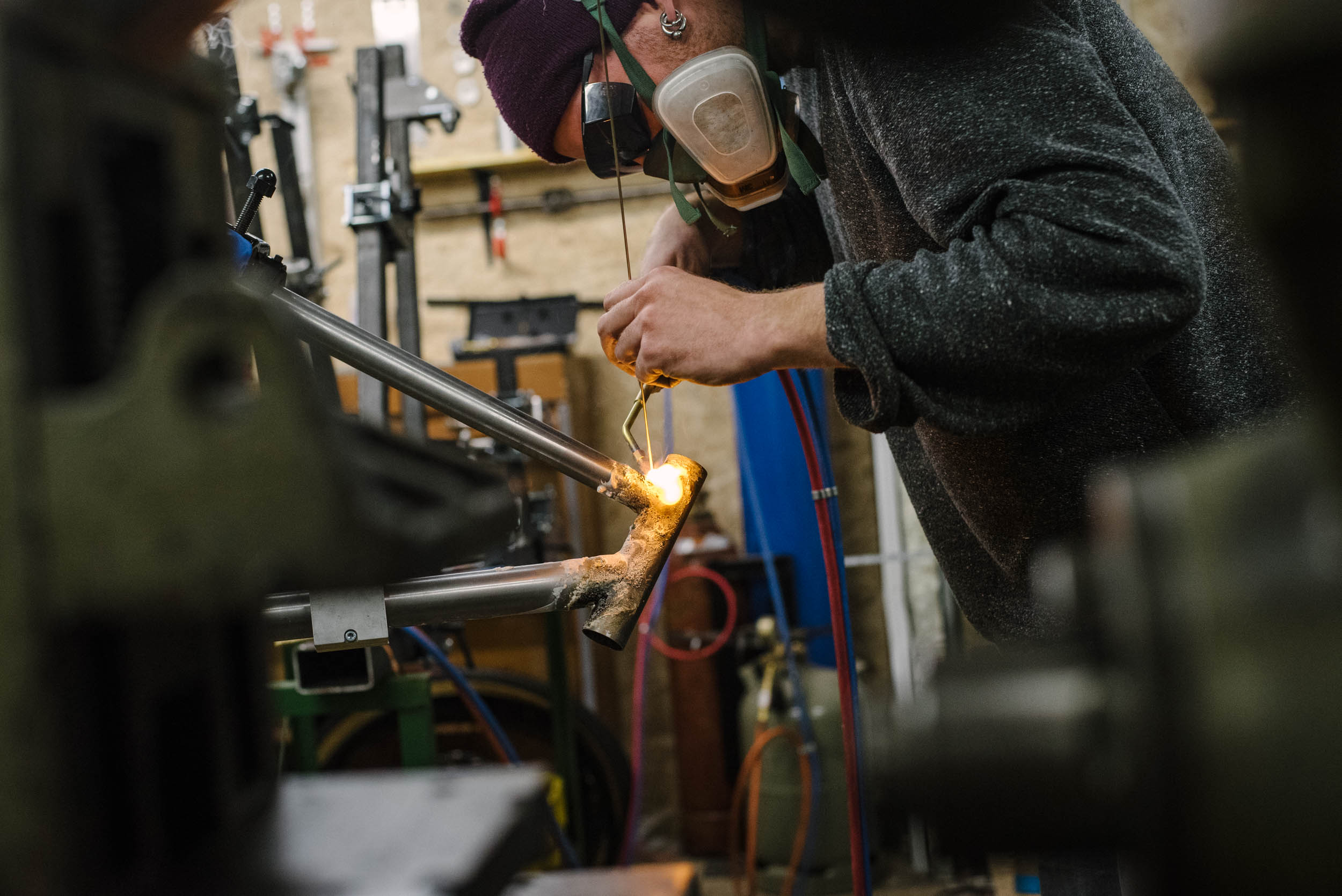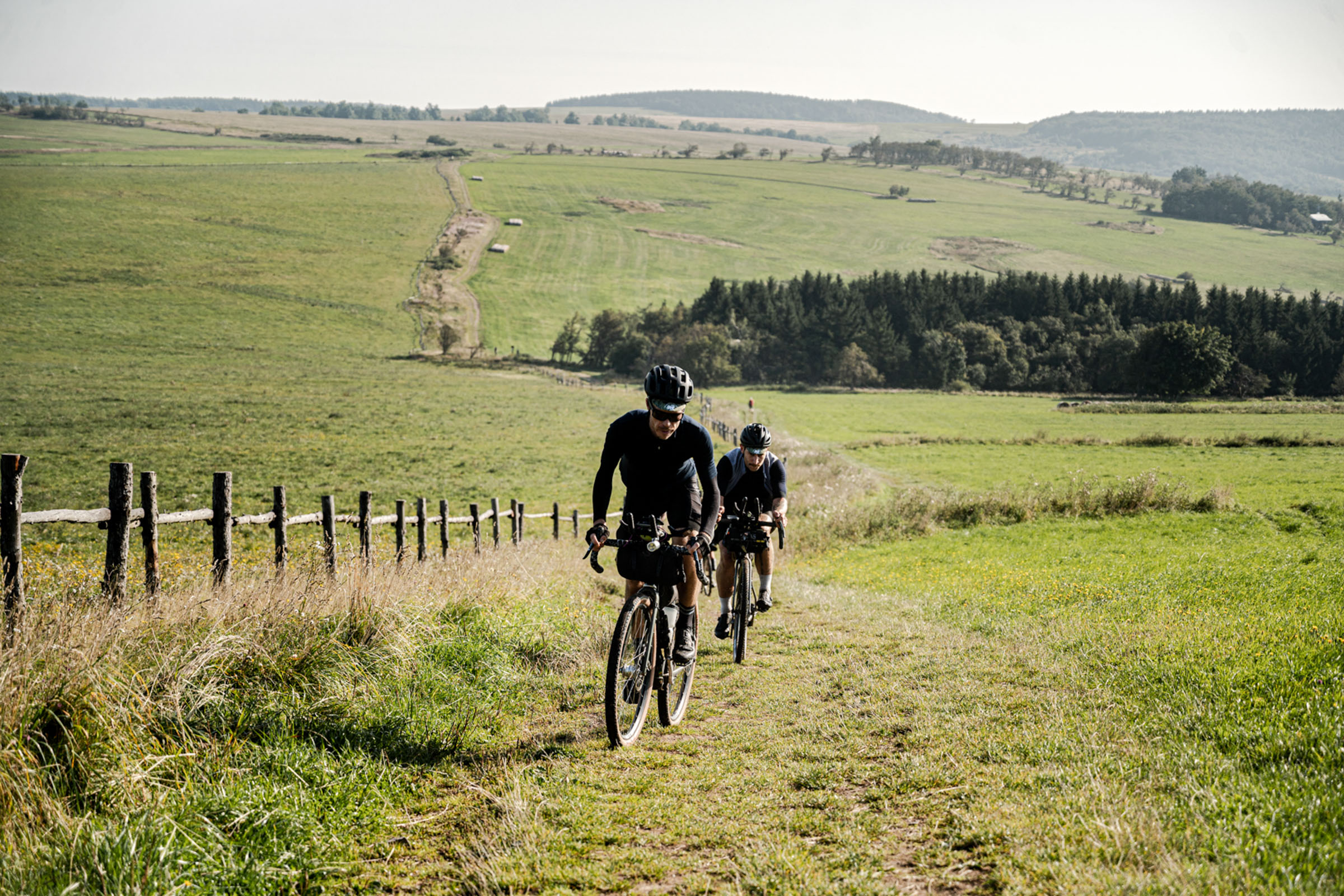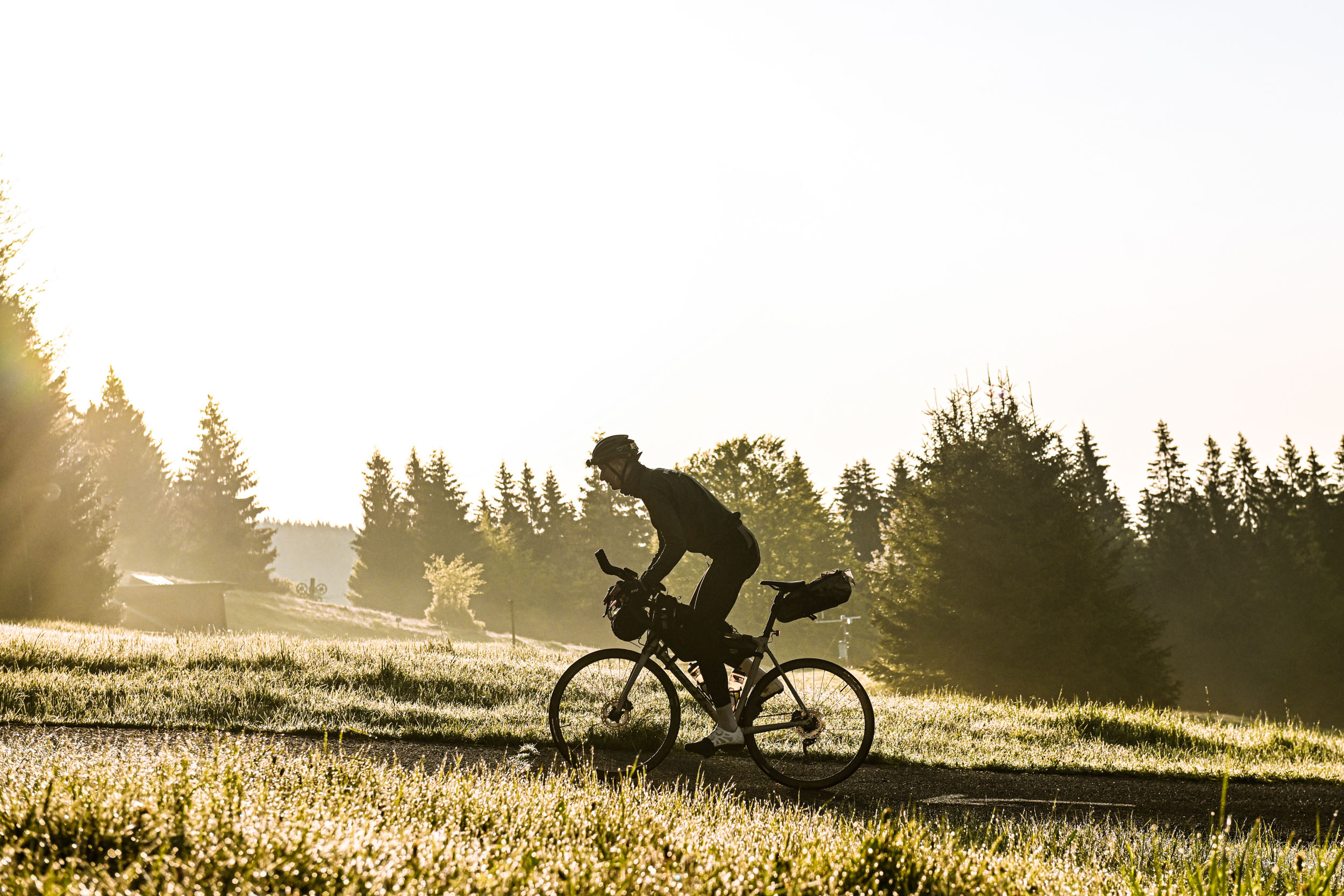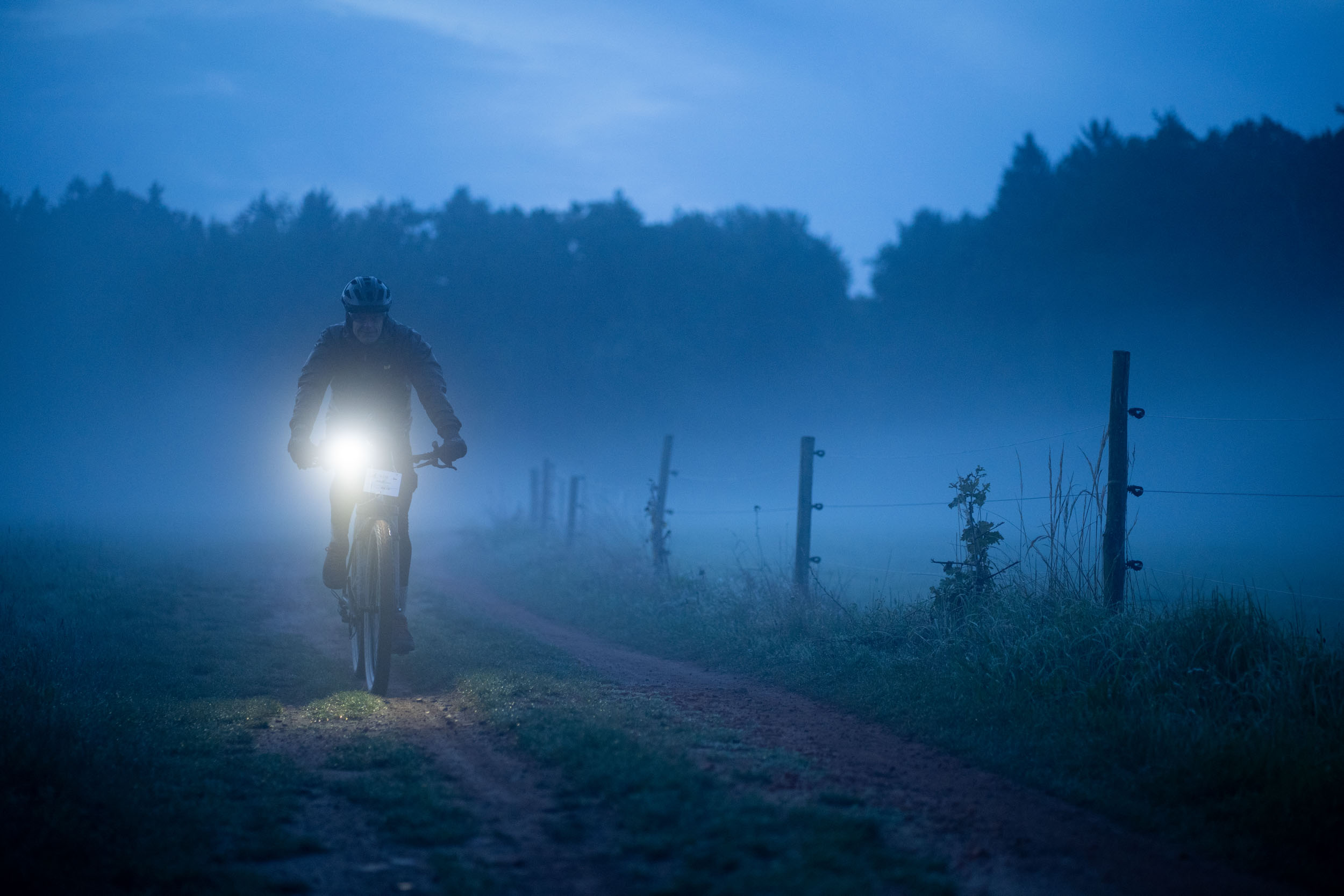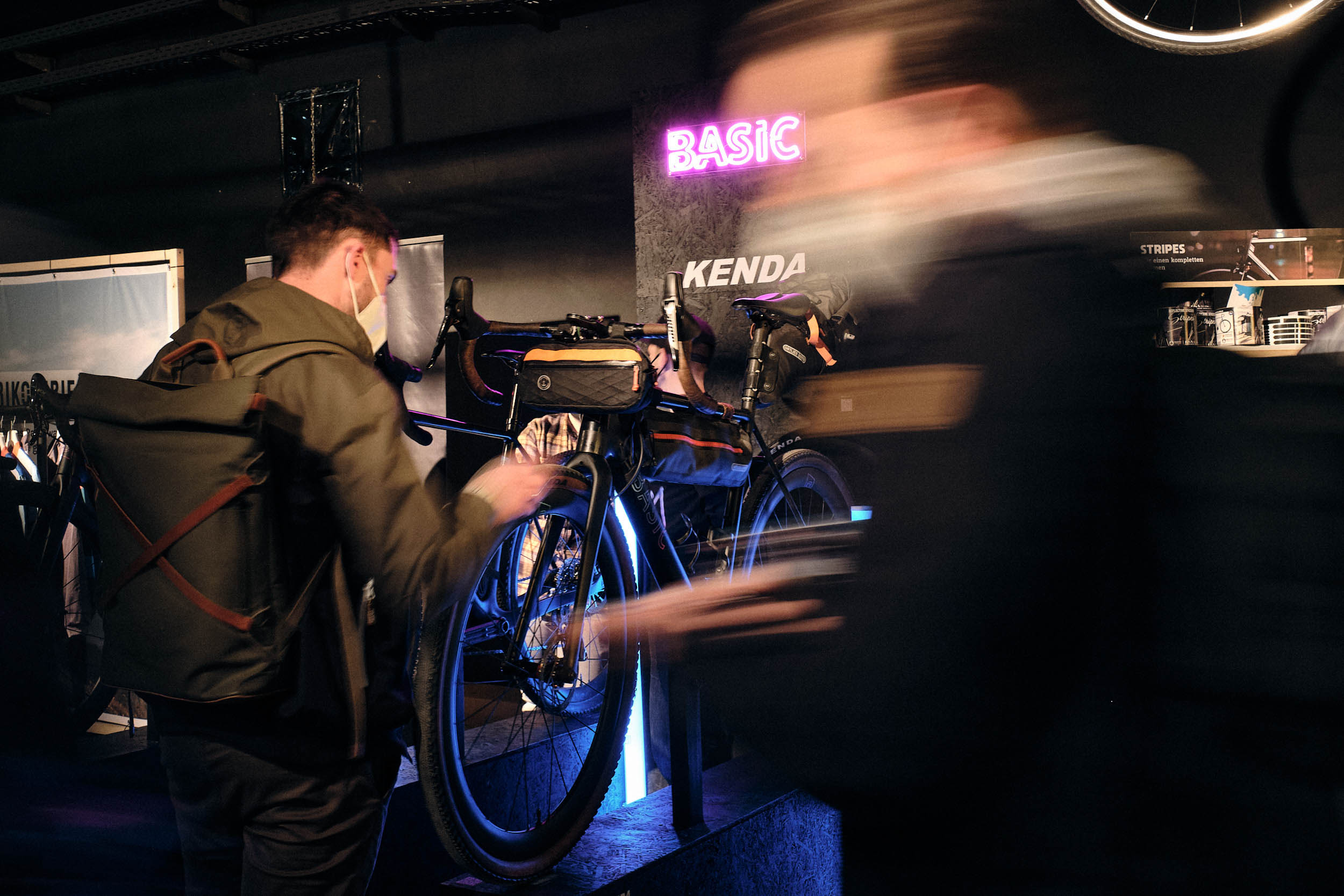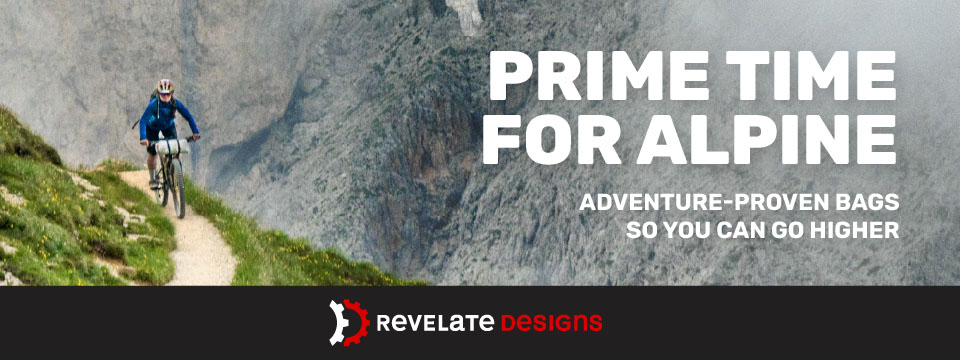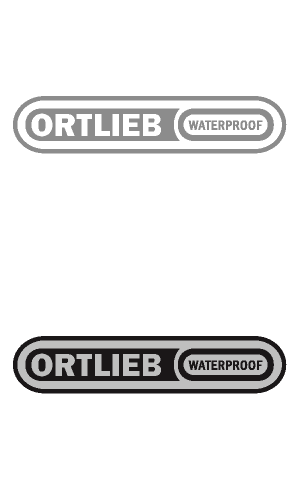Epas, the organizers of the Hydra Epic, also put on a winter bikepacking challenge aptly called “Winter.” A small group of riders showed up last month for this year’s 300-kilometer ride, managing freezing fingers, hallucinations, and frozen bottles. Find a recap and collection of photos from the event organizers here…
Words by Paulius Ba and photos by Maris Vancevics
The Winter challenge was born from one of the toughest bikepacking events in the Baltic region: Hydra. But this isn’t just another race. It’s the third event in the Epas series, designed to push you to your limits and force you to leave your comfort zone in the rawest of winter conditions. It’s not an easy challenge—sharp breezes, snowy landscapes, and the ever-present mental battle inside you. The weather nowadays is very unpredictable, and you might face anything from heavy snow to a mix of light snow and rain.
You might be alone with your gear and bike, 300 kilometers ahead, and the drive within you. Every kilometer will test your body and mind, forcing you to dig deeper than you thought possible. It’s a winter experience that will stay with you long after it’s over and will toughen you up for future challenges.

In the Baltic states, winter brings an eerie quietness. All you’ll hear is the sound of your pedals slicing through the snow. Out in the winter forest, the solitude is almost otherworldly, with few people and even fewer distractions. But this serenity comes with a price, and not everyone can navigate snowy trails in the dark. Tackling 300 kilometers in these conditions is tough, and the weather will be your constant battle.
The first Winter event took place two years ago in Lithuania’s northern forests, where snow was a bit of a gamble. Would it snow? Would it not? This year, the event moved further north to Estonia, where some parts of the route were buried under half a meter of snow in 2024. The track looped into Latvia and back, taking on some of the region’s notorious border trails, complete with hike-a-bike sections and stream crossings. Without the snow, it might have felt more like a gravel race, but the course was designed to be rideable in typical winter conditions, focusing on riding rather than pushing.
Winter bikepacking is still a novelty in the Baltics. Although bikepacking in summer is well-established, this event attracted only eight participants, all from the Baltic states: Lithuania, Latvia, and Estonia. Most of the riders were returning faces, having ridden other Epas events, so this felt like a gathering of friends ready to tackle something gnarly together.

In the days leading up to the event, heavy rain turned to ice, leaving riders wondering whether to stick with their regular tires or swap them for studded ones. Then, just before the general meeting, the snow started falling. The fresh snow would likely create perfect conditions, making the track mostly rideable with no special grooming needed, as had happened in previous years.
The event started just after midnight, sending riders into the snowy night forest. The heavy snowstorm made visibility nearly impossible, with some riders barely able to see a meter in front of them. The conditions were grueling overnight, and by morning, when the snow finally stopped, everyone had faced significant challenges.
On the first day, riders struggled with difficult rolling conditions, which took a toll on one participant. He requested a lift back to the base from the farthest point on the track, and we went for him. He tried an Estonian bus, but the policies prevented cyclists from boarding, so he was turned away.
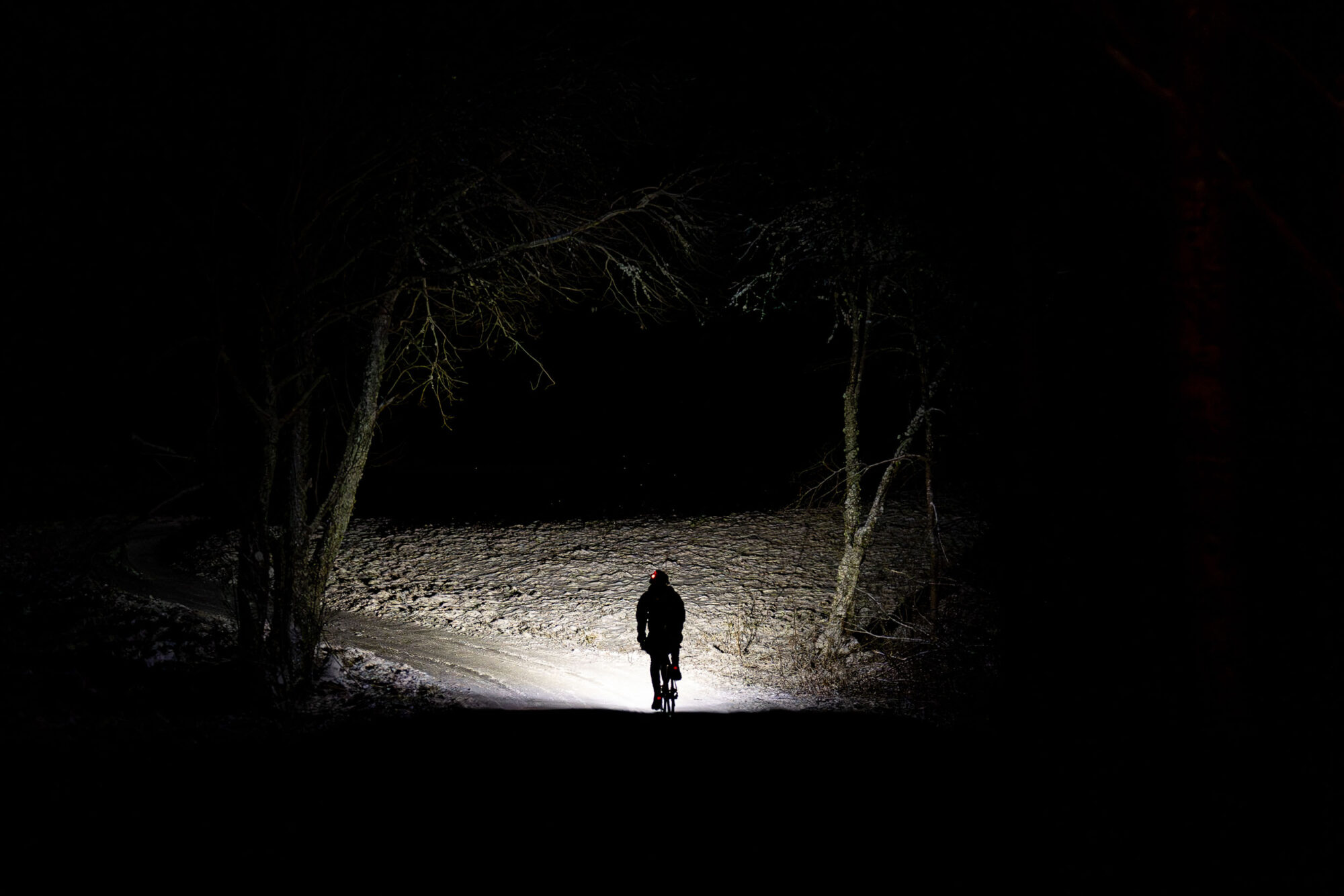
As the first riders crossed the finish line, they learned that the river just outside the finish house had swollen to about an additional meter deep, with the banks overflowing about 10 centimeters. They had to refresh their shoes before entering the sauna, with some grumbling about the soggy finale.
Only the finish track was crossing the river, but that could have been different. At the last minute, before sending the GPX track, the start of the route was accidentally adjusted for the sake of being “more interesting” and changed to a fast marathon track, forcing riders to go the other way instead of the river crossing, where the road conditions were muddy and snowy. That could have been a super interesting way to start the challenge.
The event wrapped up with a sauna, BBQ, and cold beers, providing the perfect setting for riders to bond. Discussions about bikes, setups, and shared experiences went long into the night.
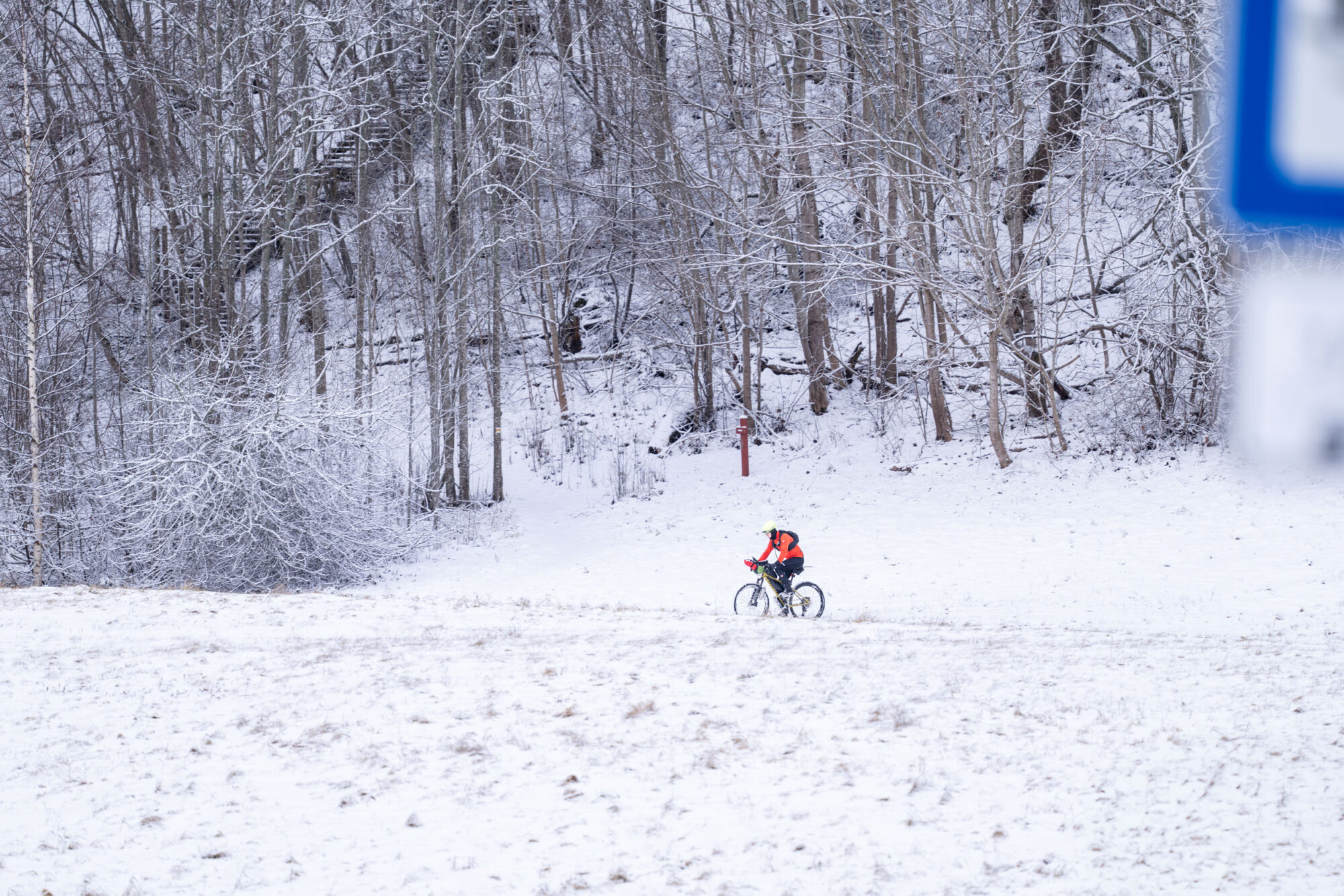
Despite the challenges, the snow conditions were ideal, only about 10 centimeters deep, and most finishers enjoyed the tough yet rewarding ride. The event was all about testing limits, and the hope is that these riders will seek out even more demanding adventures at home and abroad.
Bikes
Half of the bikes were gravel bikes, and half were mountain bikes with 2″ tires. Although all gravel bikes had studded tires, some participants said it was very hard to keep a straight bike on some busier roads with fresh snow cover and icy car tracks below it, so all of the downhills were covered very slowly, and all gravel bikers arrived at the finish last. Yet mountain bikers had a struggle, too, mentioning they had problems keeping upright in some sections.

Statistics
People ended up covering almost 310 kilometers and 3,000 meters of elevation, while the average temperature was around -4°C, feeling more like -8°C. Seven out of eight successfully finished; the challenge was completed in under 24 hours by those who didn’t sleep, and the last rider took 48.5 hours while sleeping once in the woods.
What’s next?
The next event is planned to happen in 2027 (with a gap year) in a new track; the country for that is still not selected. We’re looking forward to the new experiences the future places and people will bring!
Visit Epas.cc to learn more about the events.
Further Reading
Make sure to dig into these related articles for more info...
Please keep the conversation civil, constructive, and inclusive, or your comment will be removed.


